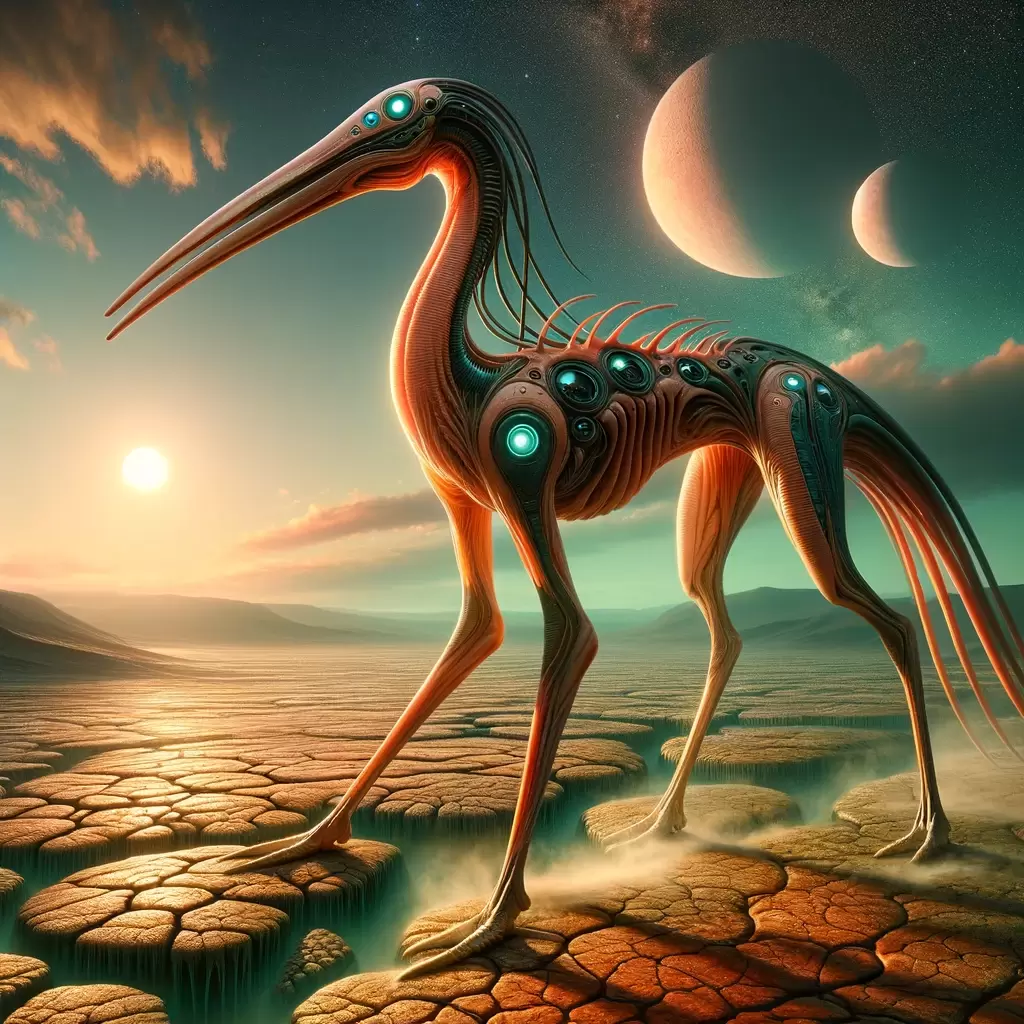You have probably heard of the so-called Fermi paradox. Namely, in 1950 Italian-American physicist Enrico Fermi considered the intriguing question of why alien civilizations were not visiting Earth, or at least why we had no trace of their visits in the past, given the enormous time span since the birth of our galaxy to the present.
The Search for Extraterrestrial Intelligence (SETI) Institute in Mountain View, California, said on its website: "Fermi realized that any civilization with a modest amount of rocket technology and an immodest amount of imperial incentive could rapidly colonize the entire galaxy. Within ten million years, every star system could be brought under the wing of empire. Ten million years may sound long, but in fact, it's quite short compared with the age of the galaxy, which is roughly ten thousand million years. Colonization of the Milky Way should be a quick exercise." Where Are They? So, at least officially, there have been no signs of any extraterrestrial civilizations yet, neither here on earth, nor in the outer space. Why? Is there anybody out there at all? Given the huge number of potentially habitable planets in our Milky Way galaxy (at least 300 billion), and vast time spans from the probable emergence of intelligent civilizations in the galaxy to this day, various types of extraterrestrials have surely been visiting our planet. Here are several possible answers to this conundrum:
Possible Alien Forms Let us examine the intriguing question about probable forms of extraterrestrial intelligent life. First, the idea of panspermia can give us some clues to this problem. If interstellar panspermia is real, then it is quite possible that there are many species out there similar to our own, with a humanoid shape, even human-like characteristics. If the life-coding molecule, the DNA, is common among many solar systems thanks to panspermia, then the similarities are possible, but still not certain. Yet, a kind of humanoid shape of intelligent (self-conscious) alien beings may be quite expected or at least frequent among many types of extraterrestrials. If similar evolutionary forces are in place on other planets, then the being should have a vertically oriented shape of its body with eyes and other sensory receptors on its top, because this provides the advantage of spotting any danger in time. In order to quickly process all the data from the sensory inputs, the brain or its analogous data-processing center must be near these organs. Therefore, the creatures will probably have some sort of head with a brain, eyes, ears, and other sensory receptors. The entity also needs a few limbs to manipulate precisely the environment and legs to be mobile.
However, the size and physical appearance of extraterrestrials may still be completely different from ours, which depends on the gravity of the planet and many other factors. The lower the gravity, the taller the critters may be. For instance, if there were any intelligent life forms on Mars in ancient times, they could have been very tall and slim.
2 Comments
|
Please note that most of the articles have a "Read More" break, which is sometimes hardly visible.
It is located at the bottom of visible part of the article, on the right side. To continue reading the article, click on that link. This page may contain affiliate links meaning we earn a commission if you use those links.
We only recommend pages we appreciate and trust. Archives
March 2023
Categories
All

|
For guest posts or placing ads on our website, please use the contact form on the 'About/Contact Us' page.



 RSS Feed
RSS Feed

